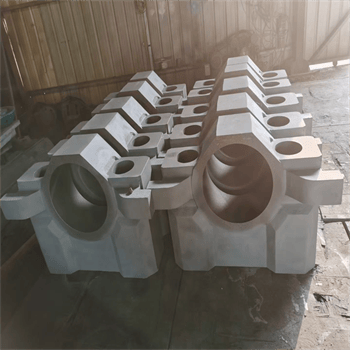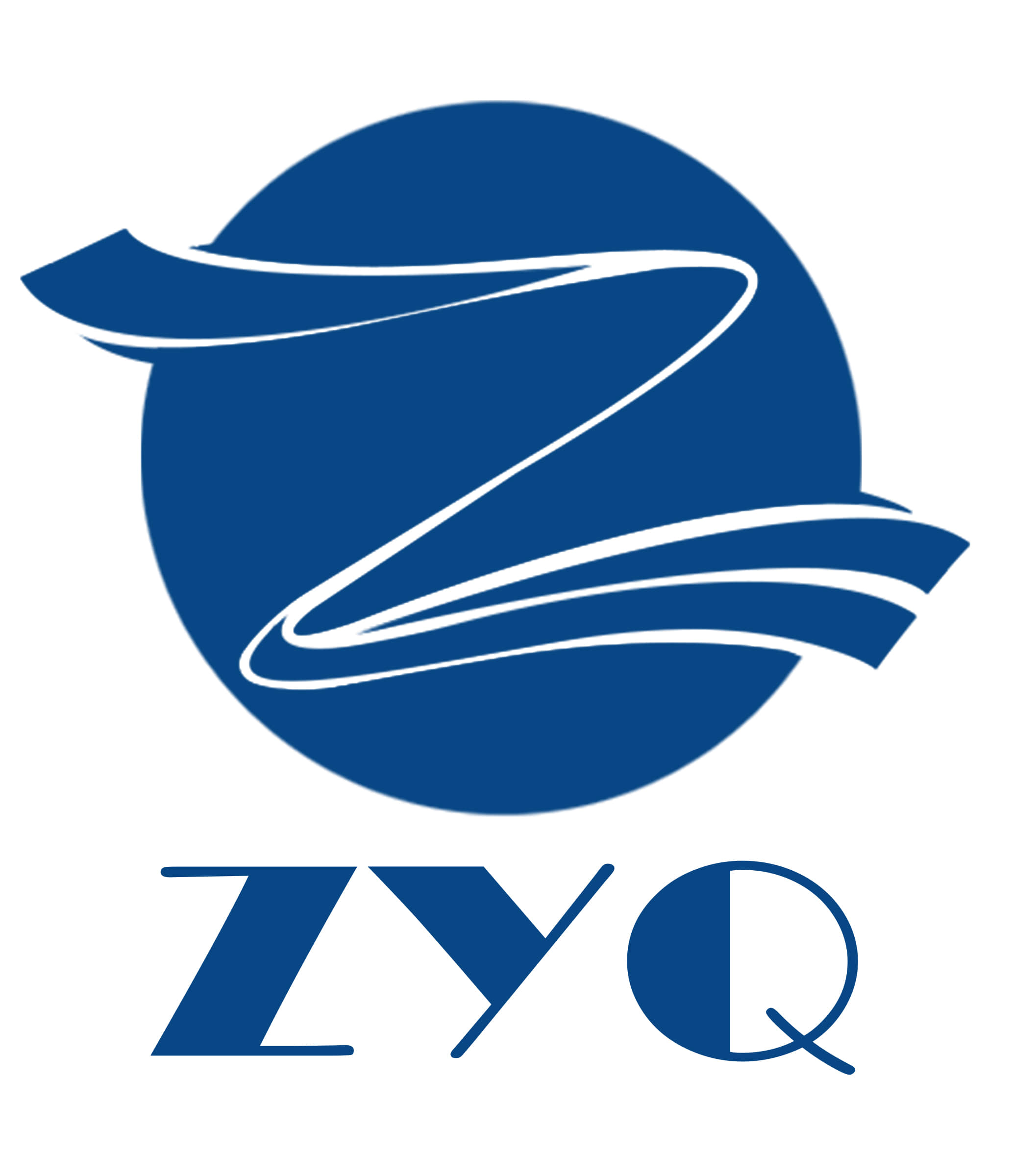OEM grey/gray iron casting parts are widely used in various industries, including automotive, construction, agriculture, and more. These parts are known for their high strength, durability, and cost-effectiveness. However, choosing the right supplier for OEM grey iron casting parts can be a daunting task, especially if you are not familiar with the process. In this guide, we will provide you with all the information you need to know about OEM grey iron casting parts, including their benefits, applications, and how to choose the right supplier.
Benefits of OEM Grey Iron Casting Parts
OEM grey/gray iron casting parts offer several benefits over other materials, including:
1. High Strength: Grey iron is known for its high strength and durability, making it ideal for heavy-duty applications.
2. Cost-Effective: Grey iron is relatively inexpensive compared to other materials, making it a cost-effective solution for many industries.
3. Machinability: Grey iron is easy to machine, making it ideal for complex shapes and designs.
4. Corrosion Resistance: Grey iron is resistant to corrosion, making it ideal for outdoor applications.
Applications of OEM Grey Iron Casting Parts
OEM grey iron casting parts are used in a wide range of applications, including:
1. Automotive: Grey iron is used in the manufacturing of engine blocks, brake drums, and other automotive components.
2. Construction: Grey iron is used in the manufacturing of pipes, valves, and other construction components.
3. Agriculture: Grey iron is used in the manufacturing of plows, cultivators, and other agricultural equipment.
4. Industrial: Grey iron is used in the manufacturing of pumps, compressors, and other industrial equipment.
Choosing the Right Supplier for OEM Grey Iron Casting Parts
Choosing the right supplier for OEM grey iron casting parts is crucial to ensure the quality and reliability of the parts. Here are some factors to consider when choosing a supplier:
1. Experience: Look for a supplier with extensive experience in the manufacturing of grey iron casting parts.
2. Quality Control: Ensure that the supplier has a robust quality control system in place to ensure the quality of the parts.
3. Capacity: Ensure that the supplier has the capacity to meet your production requirements.
4. Cost: Compare the prices of different suppliers to ensure that you are getting a competitive price.
5. Customer Service: Look for a supplier that provides excellent customer service and support.
OEM grey iron casting parts offer several benefits over other materials, including high strength, durability, and cost-effectiveness. They are used in a wide range of applications, including automotive, construction, agriculture, and more. Choosing the right supplier for OEM grey iron casting parts is crucial to ensure the quality and reliability of the parts. Consider factors such as experience, quality control, capacity, cost, and customer service when choosing a supplier. With the right supplier, you can ensure that your OEM grey iron casting parts meet your production requirements and exceed your expectations.
The differences between gray iron casting and ductile iron materials are as follows:
Graphite is different. The graphite of gray iron is flat and flat, while the graphite of ductile iron is round and spherical.
The color of the fracture is different. The grain size of the gray iron fracture is relatively coarse and gray white. The fracture grains of ductile iron are very small and black gray.
The tapping sound is different. The sound of gray iron tapping sounds very dull. Ductile iron produces a sound similar to that of striking carbon steel.
In addition, there are differences in spheroidization rates.
Our factory can make parts by gray iron and nodular iron,but the nodular iron parts we can do better.Most our parts are made by nodular iron.
Our vertical and horizontal lines of casting refer to the molds used in the clay sand casting process, which are vertically divided according to the properties of the castings. The molding lines achieve left and right box clamping and waiting for pouring. Generally, the vertical molding lines include the vertical unboxing molding line and the multi contact static pressure box molding line.

























-1.png)




-3-300x249.png)
